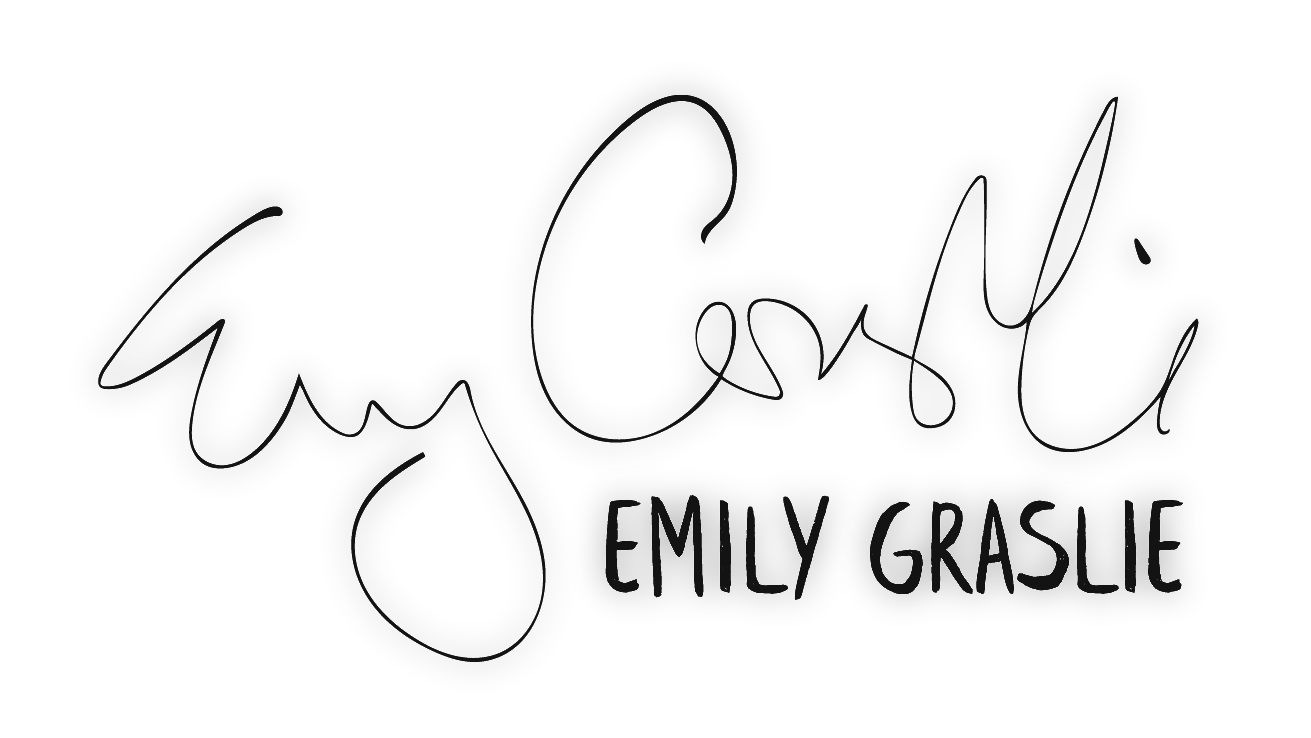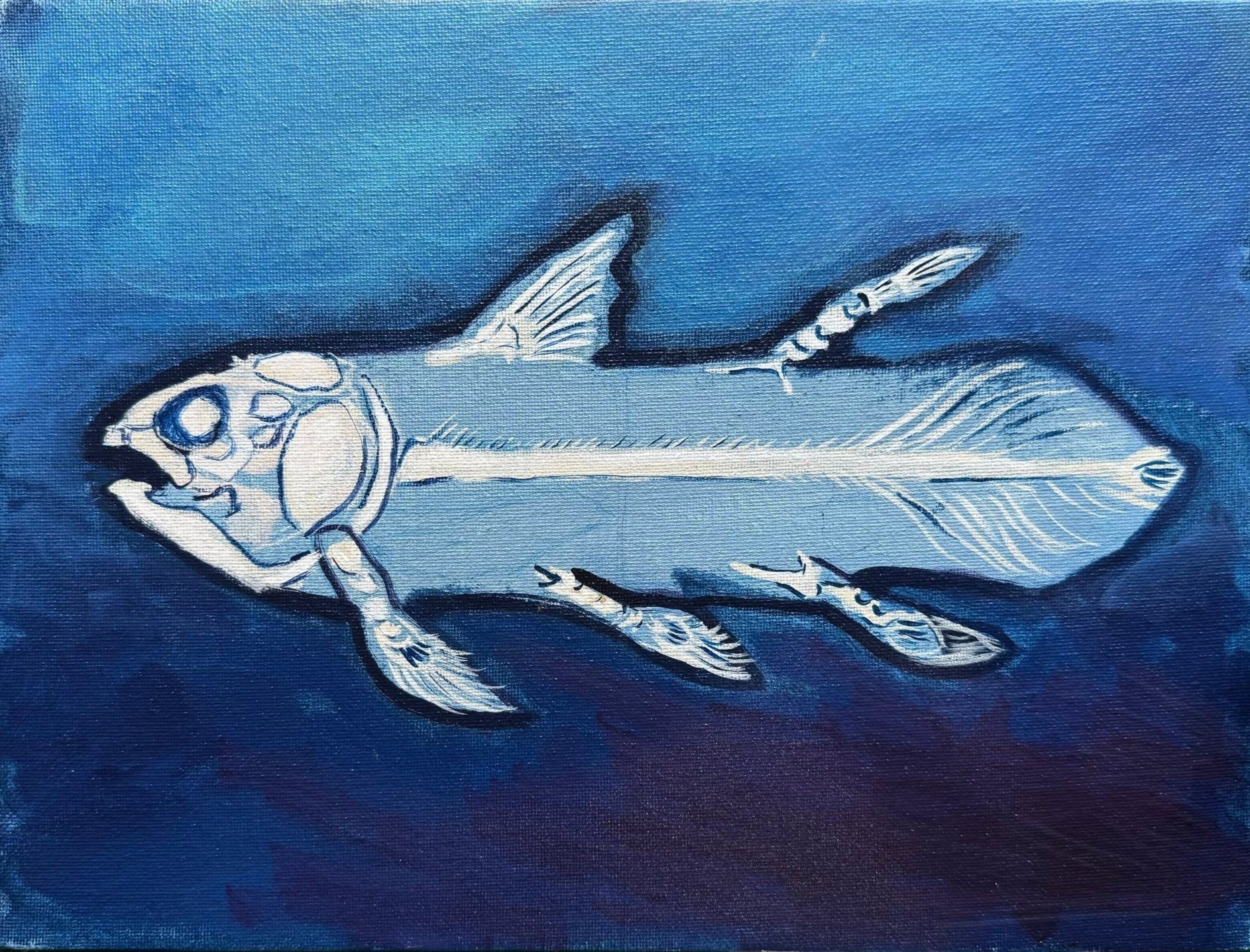PRINTING INFO
This gallery-quality print can be created on archival paper or unstretched, unmounted canvas. Each print is made to order.
Note: Images are not cropped, so some prints may have white borders at certain sizes if the aspect ratio differs from the original painting.
Prints are signed on the front, signed and dated on the back.
SHIPPING
Shipping is available worldwide and each order will be sent within 5-7 business days. All small prints are carefully packed flat. Larger prints, over 16” on one side, will be sent in a mailing tube.




